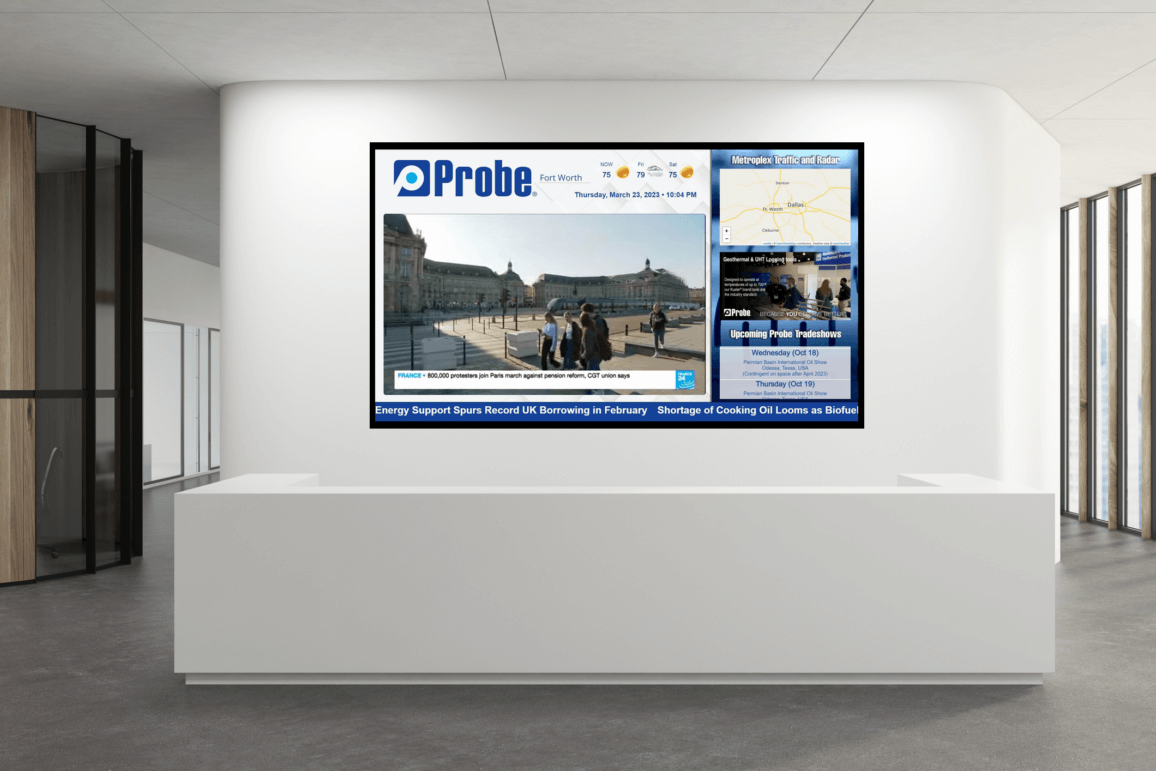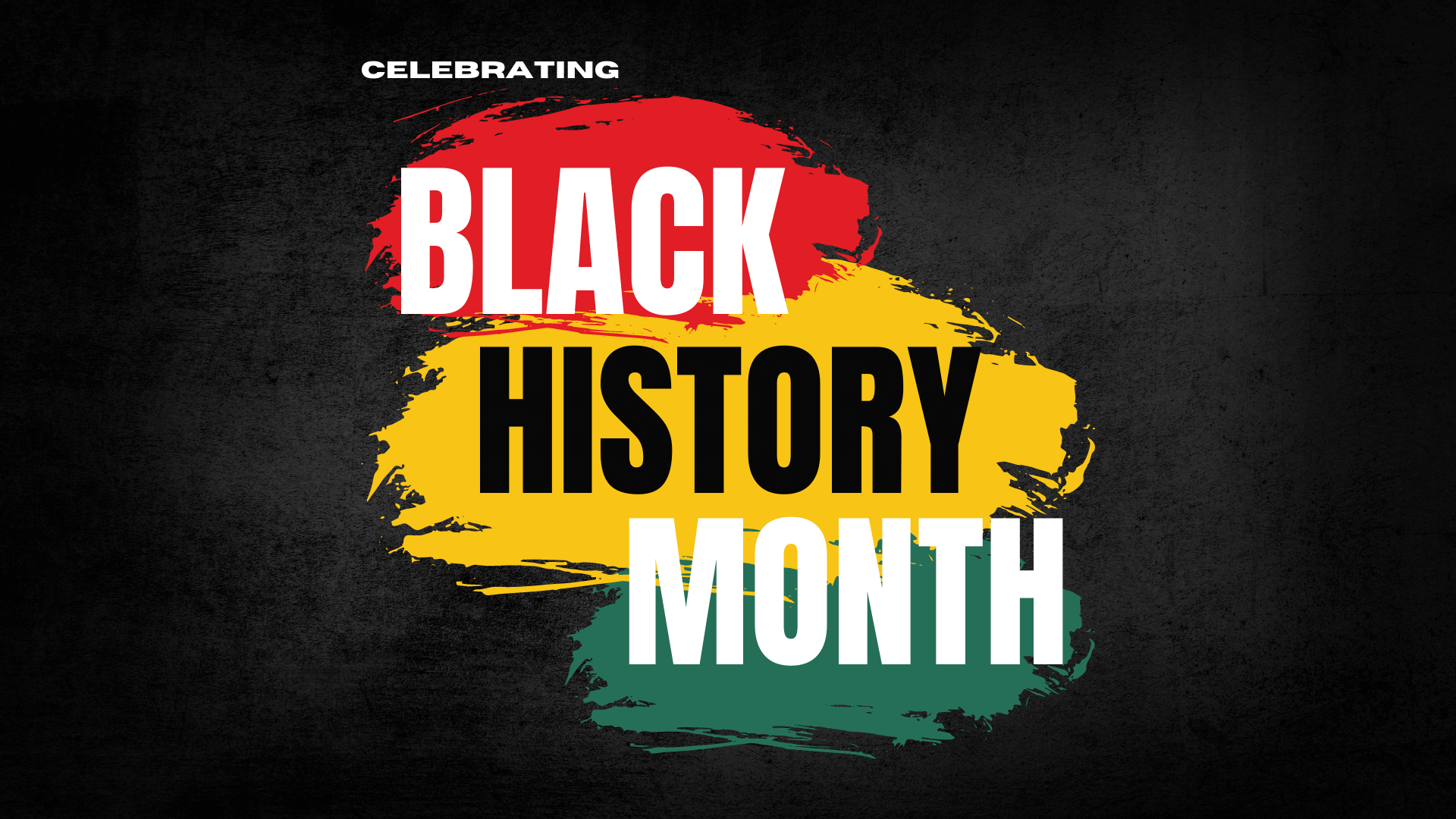Driving consumer engagement via apps can be one of the top challenges for mobile marketers.
Push Notifications provide a cost effective way to send messages via your mobile app to your audience’s device and waking up the phone-producing a message on screen, with the intention of your user to open your app.
While push notifications are effective, you have to be careful not to “over-push” to users as it can be as detrimental as spam. Peppering your audience with annoying and persistent messages that aren’t offering them any value will most likely result in the app being forgotten or uninstalled and could ultimately be seen in a negative manner.
It’s important that as this technology develops and further upgrades such as options to interact are part of common practice, your messages deliver a useful service via your app.
Know your limits
As mentioned above, good push can add a huge amount of value to your audience and advance your facility. Measure success and failure from the outset and learn how much is too much. While some of your users are happy to receive multiple messages others will not want any. Our app gives your users the options to opt in or out for this very reason.
A good place to start is less than two pushes per week-this way you know you aren’t becoming annoying and you can use audience feedback to judge whether to increase or decrease your messaging.
Keep Your Consumers in the Loop
Your mobile app provides an excellent way to reach consumers on the move and at any time of day. Because of this, it is important that the audience is aware of how to change their settings; whether this is to change when they receive messages or to opt out completely. Use one of your first notifications with your new audience to let them know that you are sensitive to their needs and where to find these options.
Be precise and focused
Push notifications give you the option to provide limited content, so remember that when the user sees it, it may only be for a matter of seconds. In this time they will decide whether or not they are interested in what your are suggesting.
Keep your pushes as short as possible to ensure they can be consumed in the short period of time available and make as big an impact as possible. Remember that should they click on the notification they will launch the app anyway, where they can get as much information as they’d like!
Make Sure They Know What You Want
With a short message, your top priority is to make your call to action as simple, straight-forward and obvious as possible.
When writing your message make sure it is immediately clear to your user; what exactly it is that you want them to do, and what they will get if they do it. A call to action is after all an exchange-you are making an offer to the user, which if they respond will benefit them in some way.
Add Value, Always
Your messaging should be driven by what you already know about your users. You should create a personal relationship with every user on your app, and broadcast “shouts” at your users, as standard content isn’t likely to make those sorts of deeper connections.
Be Personal
Personalised communications not only grab attention but provide the opportunity to be more specific. Segment your audience to make your users feel that you are talking directly with them, providing them with a unique experience.
Grow and Evolve
Specific messaging is a great way of grabbing attention and calling your users to action. By delivering time specific messages, you are more likely to drive visits and action, and you can follow up a time specific message with another reminder to make sure your user has seen the message. A sense of urgency is a great way to drive engagement.
Fill the Missing Link
Every message has a voice, whether it comes from print, online, in-store or mobile. Make sure your app messaging has the same voice. Your app is a mobile extension of your business which is available 24 hours a day. Brand objectives are the same in the mobile space as they are elsewhere, just make sure they don’t miss your users’ expectations and that you continue to be responsive to the fact that mobile is a separate channel.


